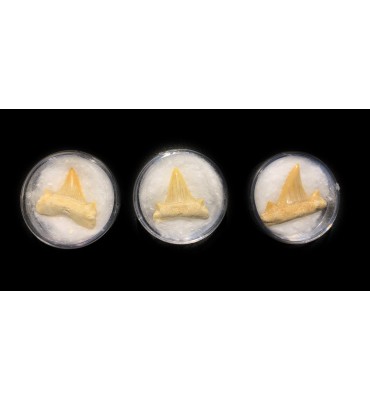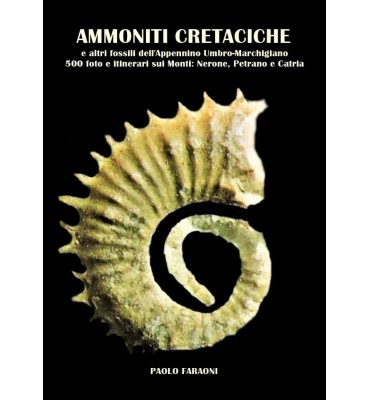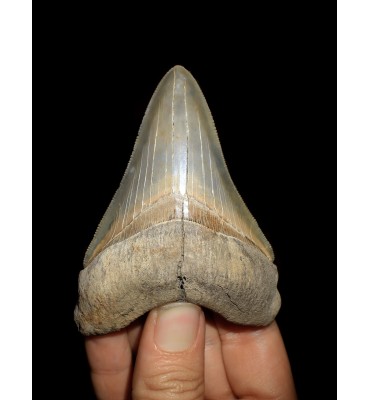Your cart is empty
-
Home
- Fossils
- Shells
- Books
- Minerals
-
Boxes and Equipment
- Transparent boxes
- System Box
- Boxes for Gems
- Cardboard boxes
- Bottles and Capsules
- Bags and sachets
- Exhibition and displays
- Chemicals: Tires, Glues and Resins
- Set or Kit
- Mineral Cutter & Trimmer
- Estwing equipment
- Compass & GPS
- Handling tools
- Lenses and Binoculars
- Cleaning tools
- Microscopy
- Attrezzi raccolta e scavo
- Labels
- Scatole Museali
- Jewelry
- DEAL
- Meteorites
- Fossils
- Shells
- Books
- Minerals
-
Boxes and Equipment
- Transparent boxes
- System Box
- Boxes for Gems
- Cardboard boxes
- Bottles and Capsules
- Bags and sachets
- Exhibition and displays
- Chemicals: Tires, Glues and Resins
- Set or Kit
- Mineral Cutter & Trimmer
- Estwing equipment
- Compass & GPS
- Handling tools
- Lenses and Binoculars
- Cleaning tools
- Microscopy
- Attrezzi raccolta e scavo
- Labels
- Scatole Museali
-
Home
Latest
-
Fossils
New
-
€520.00
-
Asteroceras
€260.00 -
Eparietites
€326.00
-
Cenoceras sp.
€260.00 -
Discohelix
€20.00 -
Stromatolite
€150.00
-
Youngibelus
€52.00 -
Fossil of
€178.00
-
Flexicalymene
€90.00 -
Dente di
€100.00
-
-
Minerals
New
-
Quarzo Ematoide
€6.50-50%
€13.00
-
Barite Blu su
€35.00
-
-
Boxes and Equipment
Boxes and Equipment
-
Books
New
-
Neogene Sharks
€54.40-15%
€64.00 -
PDF Magazine
€9.00-10%
€10.00 -
In dino
€33.75-25%
€45.00
-
LIB027 - I
€70.00 -
Cônes de
€36.00-20%
€45.00
-
A Guide to
€30.00 -
Ammoniti
€26.00
-
- My account
- Sitemap
- Contact us
- blog
FOS00104 - Otodus megalodon (Agassiz, 1843)
Otodus megalodon (Agassiz, 1843)
Age : Miocene / Pliocene
Provenance : Lee Creek Mine, Aurora, Nord Carolina
Size : 96 x 71 x 26 mm
Weight: 102 grammi

Secure purchase with SSL protocol

Shipments always with Tracking
 Goods return policies
Goods return policies
See our Shipping and Returns page
A very beautiful specimen of fossil shark tooth Carcharocles megalodon from the famous phosphate of Lee Creek Mine, North Carolina. The tooth does not exhibit restorations or gluing. 100% original. With a pastel warm and classic colouring of Aurora - Lee Creek Mine fossils teeth. The exceptional quality is the well preserved burlette an excellent root and excellent serration. With the tooth is included identification card and a black display with glass and felt (Riker). Megalodon is an extinct species of shark of considerable size, known for its large fossil teeth. The scientific name megalodon derives from the Greek and means precisely "big tooth". C. megalodon fossils are found in sediments from the Miocene to the Pliocene (between 14 and 3.6 million years ago).
Lee Creek Mine Formation is located in North Carolina. The most famous deposit of this formation is the Aurora quarry. The quarry is currently closed to the public by several years and the teeth that comes from Aurora are the most 'expensive on the current market. Its a phosphate sediment and gives fossil teeth of pastel colors of various types, from cream to hazelnut colored, sometimes presenting an exceptional conservation. Aurora's quarry is also fairly well known thanks to a spettacular find. A man named Clyde Swindell while walking on a fall day in 1992 found several teeth between his various debris at his feet. These teeth belonged to a single example: the famous "false mako". On that day in 1992 an almost complete dentition of Parotodus benedenii was found (Le Hon, 1871). Exactly 114 teeth were collected in a few square footage. The collection led by Dr. Bretton Kent together with a some volunteers and with the use of a water pump lasted almost a year. The assignment of the exact location of the teeth inside the jawbone occupied others two years of Dr. Kent's life. The work was finally completed with its publication in a scientific journal in 1999 with Dr. Kent as the author and George Powell as co-author. The full dentition was donated by Dr. Kent to the Smithsonian Institution on July 10, 1996.
Carcharocles megalodon (Agassiz, 1843)
Classification: Elasmobranchii - Lamniformes - Otodontidae
Reference of the original description
AGASSIZ, L. (1843)
Recherches sur les poissons fossiles. Volume 3 with plates
Specific References

Otodus megalodon (Agassiz, 1843)
Age : Miocene / Pliocene
Provenance : Lee Creek Mine, Aurora, Nord Carolina
Size : 96 x 71 x 26 mm
Weight: 102 grammi






























